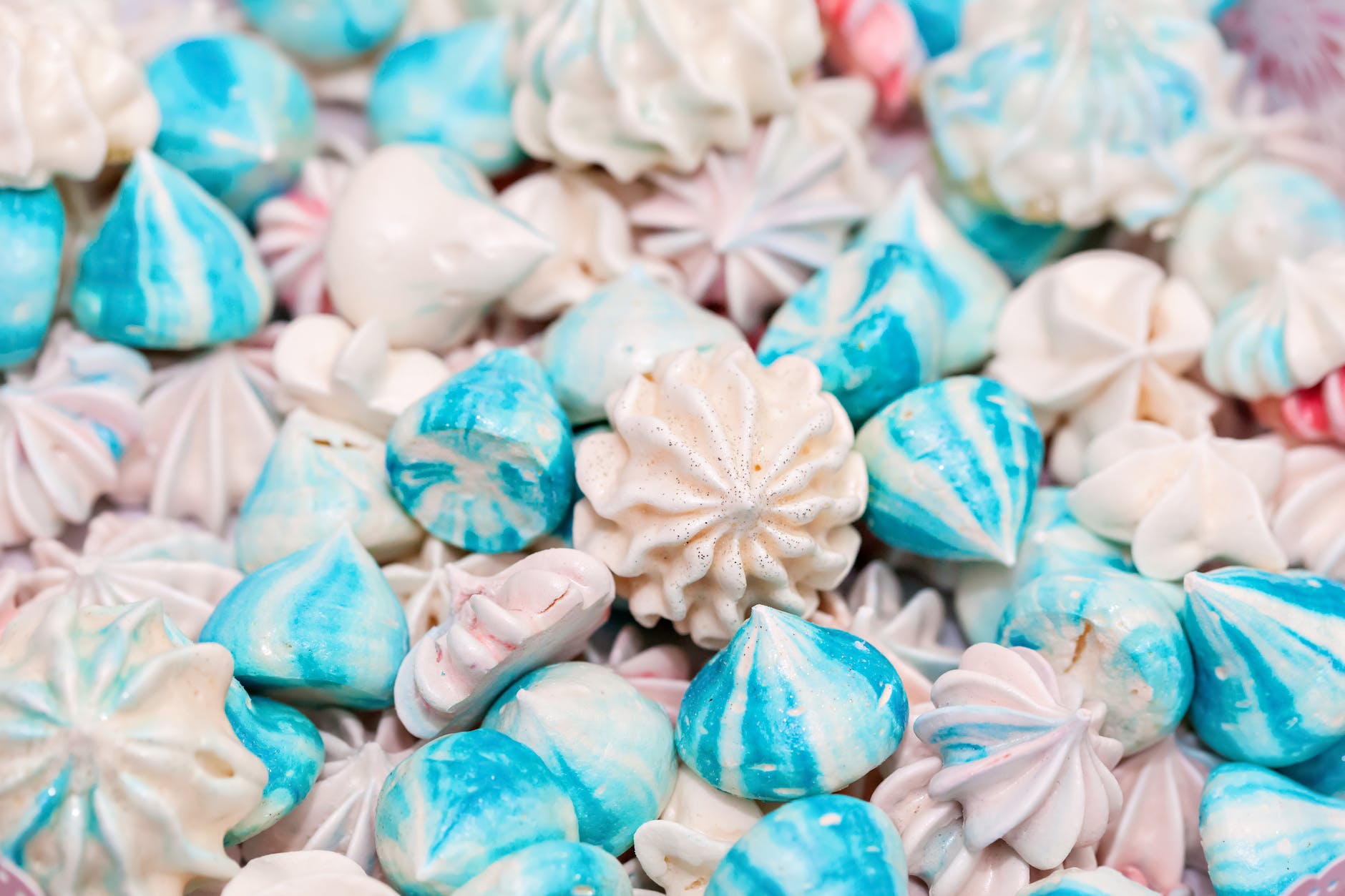Have you ever noticed that right after you eat you feel tired? Anxious? Have a racing heart? Irritable? Or get that feeling of hangryness… where you feel hungry and angry at the same time? How about Hangxiety? Your hands tremble, and you feel anxious and dizzy. Is this actually your blood sugar levels? The connection between histamine & blood sugar dysregulation, could this be what is going on?
These symptoms can be common with both histamine intolerance and Mast Cell Activation Syndrome (MCAS). But, did you know that there is also a connection between histamine & blood sugar dysregulation, also known as hypoglycaemia or low blood sugar?
Dysregulated blood sugar levels have been shown to increase the release of histamine from mast cells. A lot of people don’t realise this. It’s not as discussed as frequently as other connections with histamine or MCAS. However, there is a connection between blood sugar dysregulation, histamine intolerance, and MCAS.
Stabilising your blood sugar is an important step in improving MCAS and histamine intolerance symptoms. Let’s have a deeper look at blood sugar dysregulation and the connection between histamine & blood sugar dysregulation.
Histamine Intolerance and Mast Cell Activation Syndrome:
Not sure of the difference between histamine intolerance and MCAS?
It can be a little confusing to navigate. Many people find it overwhelming to understand, the differences between histamine intolerance and mast cell activation syndrome. You can read more in-depth about the difference between histamine intolerance & mast cell activation syndrome in this article.
Let’s take a quick recap on the definitions of histamine intolerance and mast cell activation syndrome:
Histamine Intolerance:
Histamine intolerance is when the body doesn’t have enough of the enzymes required to break down histamine. These enzymes are DAO diamine oxidase (DAO) and histamine N-methyltransferase (HNMT). When these enzymes are deficient, histamine essentially builds up in the body. This excess histamine causes a range of symptoms. Anything from a runny nose, sinus issues, digestive upsets, migraines, headaches, and many more.
Mast Cell Activation Syndrome:
Mast Cell Activation Syndrome is when your mast cells become overly sensitive. They overreact to triggers.
Mast cells are a type of white blood cell that is found in connective tissues in the body. Including under the skin, in blood vessels and lymph, in the nerves, sinus, bladder, lungs, and intestines.
As mentioned in my last article “Mast cells play an important role in the immune system. They help to protect us from infection and respond to certain bacteria and parasites. Mast cells are allergy cells responsible for the immediate allergic reaction. They cause allergy symptoms when they release products called mediators. The mediators consist of inflammatory cytokines and you guessed it, histamine! These mediators are stored inside the mast cells. When these mediators are triggered, it’s called activation. The release of these mediators is called degranulation.”
When someone has mast cell activation syndrome, this normal process is on hyperdrive. The mast cells are more sensitive and reactive, therefore degranulation occurs more frequently and then symptoms arise.

What about Blood Sugar?
Blood sugar or glucose is the main sugar found in our blood. It comes from the food you eat or drink and is the body’s main source of fuel or energy. The blood carries glucose to the brain and all the cells in your body to use for energy.
The hormone insulin helps to move the sugar into the cells. Keeping blood sugar levels at a healthy level is important, as too low blood sugar or too high blood sugar has consequences.
The connection between histamine & blood sugar dysregulation
Studies have shown that there is a relationship between histamine & blood sugar levels. Unstable blood sugar can increase histamine levels and also histamine levels and mast cell activation can progress the development of diabetes or insulin resistance.
Normally, when you eat a meal, blood sugar levels rise which causes a surge or spike in insulin. It is then the insulin that helps to transport glucose into the cells.
If the body produces too much insulin then blood sugar drops. This is called reactive hypoglycemia or postprandial hypoglycemia – low blood sugar after eating.
When there are low blood sugar levels this can cause two things to happen:
- Your mast cells produce more histamine
- You have an increased stress response which in turn can also increase histamine
So low blood sugar can cause an increase in histamine in the body and an increase in histamine symptoms!
What are the symptoms of low blood sugar?
Each person’s symptoms of low blood sugar can vary, but typically some of the symptoms include:
- anxiety
- irritability
- confusion
- sweating or chills
- racing heart
- feeling lightheaded or dizzy
- hungry or hangry
- nausea
- pale skin
- blurry vision
- tingling on the lips, tongue, or cheeks
- headaches
- shaking hands
Often the anxiety symptoms can get confused with blood sugar dysregulation too. We think we are just anxious but really we are hungry!
What else can cause low blood sugar in a non-diabetic?
- fasting (including diets like intermittent fasting) or malnutrition
- complications of pregnancy
- gastric bypass surgery
- some medications
- reactive or postprandial hypoglycaemia
- eating the wrong foods at the wrong times

What can you do to help blood sugar regulation:
1. Eat a low histamine diet that also incorporates enough protein, fats, and complex carbohydrates, and choose low glycaemic foods. Reduce processed or junk foods. Check out the 4-week low histamine meal plan to get started on the low histamine diet.
2. Ensure that with every meal that protein and good fats are included. These can help keep your blood sugar levels balanced. For example, don’t eat that apple all by itself – have it with a handful of macadamia nuts or pumpkin seeds to balance out the carbohydrates.
3. Reduce snacking – often eating small regular meals is recommended for blood sugar balance – however, I have found this just maintains the issue rather than helping to resolve the problem and is not good for our gut. Eating 3 larger main meals daily will help to keep your blood sugars even. Each meal should have a palm-sized amount of protein, lots of non-starchy veg, a small (optional) amount of grain or starch, and good fats such as olive oil.
4. Manage your stress levels. One way to help manage stress is The Safe and Sound Protocol (SSP). This is a five-hour audio program designed to reduce stress and auditory sensitivity while enhancing social engagement and resilience. Based on Dr. Porges’ Polyvagal Theory, by calming the physiological and emotional state, the door is opened for improved communication, natural healing, and more successful treatment. Find out more here.
5. Work with a nutritionist like myself who understands the connection between blood sugar dysregulation, histamine, and MCAS and can help guide you on the right path.
There is a two-way connection between histamine and blood sugar. Both low blood sugar can increase histamine and histamine can progress the development of diabetes or insulin resistance.
If you are experiencing any of the symptoms mentioned above, then looking at the connection between histamine & blood sugar dysregulation is a good place to start. Particularly if you aren’t getting resolution with your symptoms.
Managing blood sugar is an important aspect of improving histamine intolerance and MCAS symptoms. Getting blood sugars under control makes a huge difference for my clients. Likewise, managing histamine is also integral in the prevention of insulin resistance and diabetes in the long term.
Struggling to get answers about your histamine intolerance symptoms?
Watch my free Masterclass – The 5 Steps to Healing from Histamine Intolerance.
You will learn my 5-Step plan, the exact same method I used to recover from histamine intolerance. These 5 steps everyone with histamine intolerance must know to resolve all those confusing symptoms and get back to eating foods you love without fear!

References
Altuntaş Y. Postprandial Reactive Hypoglycemia. Sisli Etfal Hastan Tip Bul. 2019 Aug 28;53(3):215-220. doi: 10.14744/SEMB.2019.59455. PMID: 32377086; PMCID: PMC7192270.
D.S. Gill, M.A. Barradas, V.A. Fonseca, P. Dandona. Plasma histamine concentrations are elevated in patients with diabetes mellitus and peripheral vascular disease. Metabolism. 1989;38(3):243-247. doi:10.1016/0026-0495(89)90082-6.
Kempuraj D, Caraffa A, Ronconi G, Lessiani G, Conti P. Are mast cells important in diabetes? Pol J Pathol. 2016;67(3):199-206. doi: 10.5114/pjp.2016.63770. PMID: 28155967.
Pini A, Obara I, Battell E, Chazot PL, Rosa AC. Histamine in diabetes: Is it time to reconsider? Pharmacol Res. 2016 Sep;111:316-324. doi: 10.1016/j.phrs.2016.06.021. Epub 2016 Jun 22. PMID: 27343700.

 Histamine Intolerance & Mast Cell Activation Syndrome (MCAS)
Histamine Intolerance & Mast Cell Activation Syndrome (MCAS)